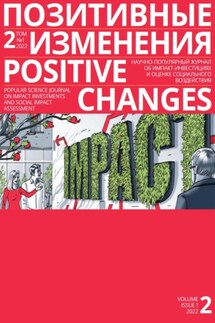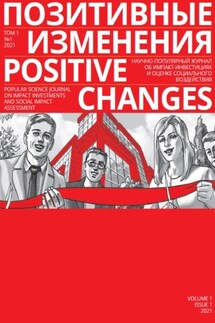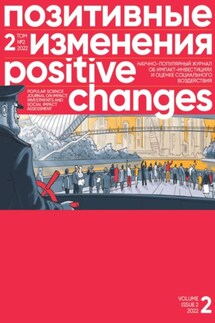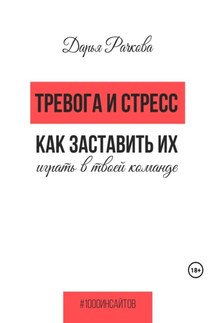Позитивные изменения. Образование. Школа будущего. Тематический выпуск, 2022 / Positive changes. Education. The school of the future. Special issue, 2022 - страница 9
One Finnish teacher told us: "Historically, we have three categories of professionals in our society, the specialists who are more trusted by the country. It’s teachers, doctors, and the police." And we all went: "Oh, I see." Therein lies the difference between Finnish education and Russian education.
In Finland, teachers are legally obliged to try new methodological findings and techniques, that is, they are obliged to follow everything that is new. And I think that’s a very big difference.
I think we need to get off teachers’ back and let them live outside the box at least a little bit. When you have every other teacher complaining that everything is too hard, that makes it impossible for them to get creative.
I think we need to get off teachers’ back and let them live outside the box at least a little bit. Because when you have every other teacher complaining that they find themselves stuck and everything is too hard and they have to find ways around, that makes it impossible for them to get creative. We all like to work in a free atmosphere, without being disturbed by various issues.
Can the School of the Future be available to any child without any admission screening? What does it take?
It’s my dream, to be honest. In fact, that’s what a lot of private schools are scolded for – selectivity, when you select the most talented people to go to school. I don’t really believe in this model because bullying tends to flourish in such schools. The harshest emotional and physical violence happens in those schools where everyone tries to outdo each other, and where there is incredible rivalry, unfortunately. That’s when, in principle, a lot of people give up and get off the finish line, because it’s impossible to study in that rivalry for too long.
I think that non-selective school access is definitely not an issue for the next 10–15 years, unfortunately.
If you were creating the School of the Future today, what do you think is the best way to do it?
Any good project starts with defining your target audience. I always divide my projects into "whats” and "hows.” It’s the same here: what we want from the school, and how we want to do it. These are two related things.
Next we need the recipient to find the sender, that is, for the parent request to match what the school has to offer. This, by the way, is the advantage of private schools. When people come there, it’s because they already have a good idea of what they want.
Next comes the most important stage – finding staff. I don’t support the view that the situation with teachers in regular public schools is very bad. There are a lot of good teachers out there, you just have to look for them and get them out of the schools where they feel bad.
Which of the existing schools in Russia, in your opinion, are closest to the School of the Future? Oddly enough, I think it was the Tubelsky School under Alexander Naumovich himself. It was a school that was way ahead of its time. Maybe also Dima Zitser’s Orange School in St. Petersburg, because, indeed, it has a model of learning that is built on absolute freedom. Frankly, I haven’t seen anything like that anywhere else.
This may sound surprising, but this is also School No. 42 in Belgorod. It struck me that you can put together a community of teachers with the right attitudes and teaching humanity, 4C skills









